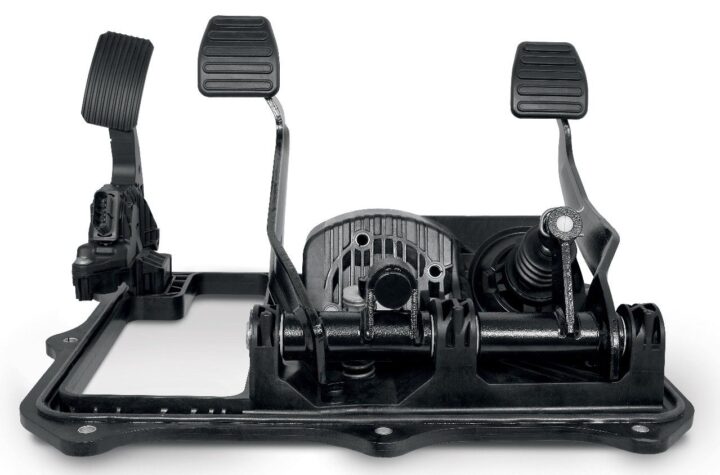
Truck accident cases often involve complex defense strategies to shift blame or minimize liability. These tactics can range from disputing fault to arguing technicalities in evidence or compliance.
Understanding these common defenses is crucial for building a strong case and effectively countering them in court. By looking at the legal maneuvers used by trucking companies and their insurers, victims can better anticipate challenges and strengthen their claims.
Common Defense Strategies
- Comparative Negligence
The top 18-wheeler accident attorneys often encounter cases where the defense argues that the plaintiff was partially or entirely at fault for the collision. Under comparative negligence laws, your compensation may be reduced based on your percentage of fault. In certain states, if your responsibility exceeds 50%, you could be barred from recovering damages entirely.
- Shifting Blame to Third Parties
Trucking companies may claim that another driver, a mechanic, or a manufacturer caused the accident. For example, they might argue that improper maintenance or defective parts were the primary cause of the crash.
- Statute of Limitations
The defense may attempt to dismiss your case outright if you submit your complaint beyond the legal deadline, often two years after the accident date.
- Lack of Causation
The defense might assert that your injuries were not caused by the truck accident but by preexisting conditions or unrelated incidents. This tactic questions whether the accident and your injuries were directly related.
- Failure to Mitigate Damages
If you delay seeking medical care or fail to follow your doctor’s advice, the defense could argue that you worsened your injuries through inaction, reducing their liability.
- Downplaying Injuries
Insurers often scrutinize medical records and social media posts to argue that your injuries are exaggerated or unrelated to the accident.
- Violation of Traffic Laws by Plaintiff
The defense may claim that you were speeding, distracted, or otherwise violating traffic laws during the crash, contributing significantly to the accident.
How to Counter These Defenses
- Gather Strong Evidence
Collect police reports, witness statements, photographs from the scene, and black box data from the truck. This evidence can help establish fault and causation.
- Prove Negligence
Demonstrate that the truck driver or company breached their duty of care by speeding, violating hours-of-service regulations, or failing to maintain equipment properly.
- Document Injuries Thoroughly
Seek prompt medical assistance and keep thorough records of your recovery and treatment. Despite refuting allegations of exaggeration, this creates a clear link between your injuries and the incident.
- Expert Testimony
Use experts in accident reconstruction, medical fields, or trucking regulations to effectively refute claims of shared liability or lack of causation.
- Address Comparative Negligence Proactively
Anticipate arguments about shared fault by demonstrating how your actions were reasonable under the circumstances. For example, show that you adhered to traffic laws and took appropriate evasive actions.
- Act Quickly
File your case within the statute of limitations and preserve critical evidence before trucking companies destroy or lose it.
- Limit Social Media Activity
Avoid posting anything online that could be misconstrued as evidence against you. Posts that appear harmless at first glance can be exploited to discredit your arguments.
Conclusion
Trucking companies and insurers deploy sophisticated strategies to avoid liability in truck accident cases. You may create a solid legal plan to handle these common defenses by understanding them. Securing experienced legal representation and acting promptly are crucial steps toward achieving a fair resolution for your claim.













More Stories
The Hottest Bike Customization Trends Every Rider Needs to Know
Who Can Be Held Liable for Accidents Caused by Road Defects?
These 4 Defective Truck Parts Can Lead to Disasters